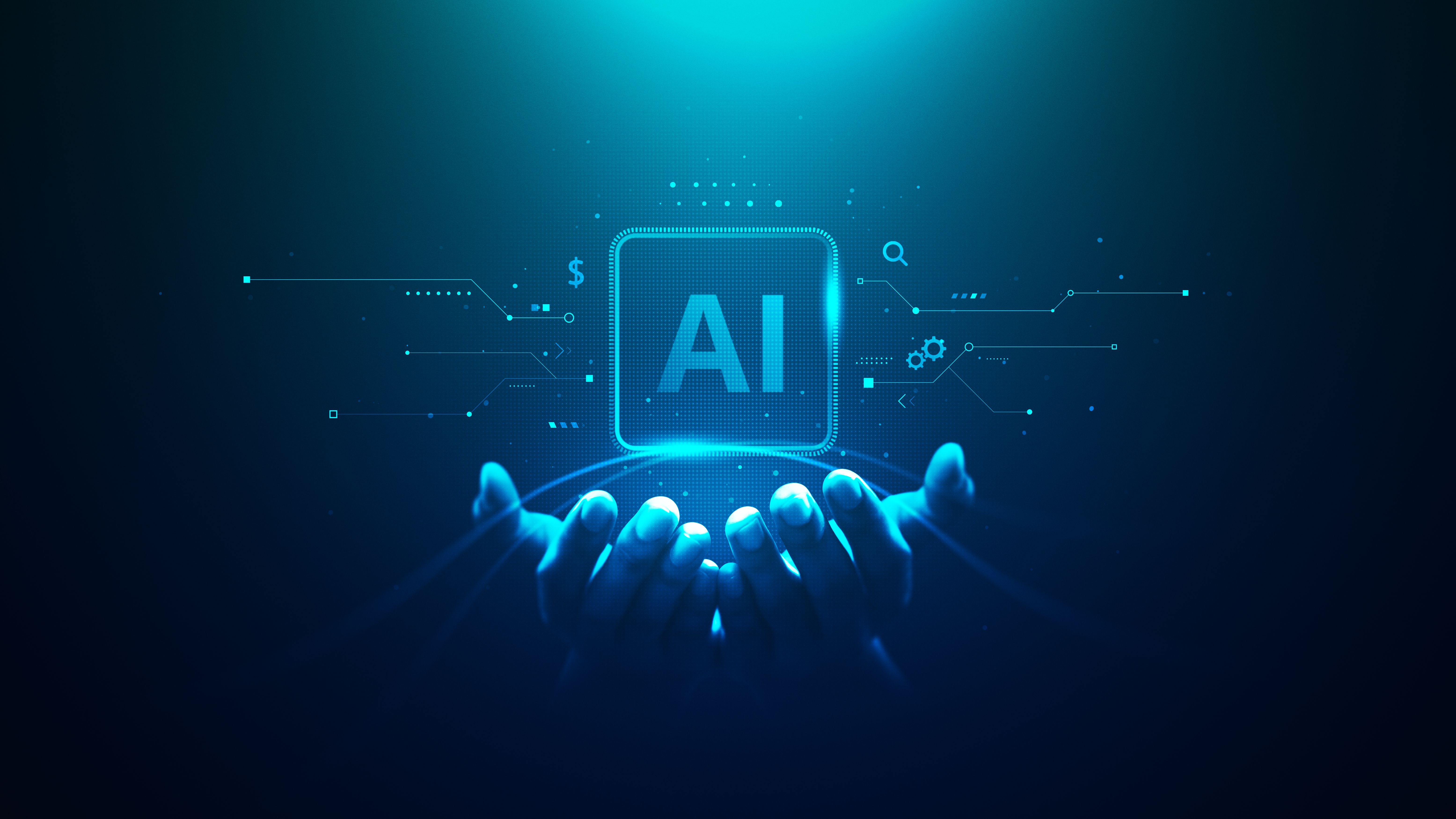Your AI Operating Model Is Your Competitive Advantage
SC
Understanding the AI Operating Model
In today's rapidly evolving digital landscape, businesses are increasingly looking to leverage technology to gain a competitive edge. One of the most transformative technologies in recent years is Artificial Intelligence (AI). An AI operating model is a framework that integrates AI into business processes, enabling organizations to streamline operations, enhance decision-making, and drive growth.
It's the combination of:
- Strategy (why and where you use AI)
- Governance (how you manage risk)
- Execution (who builds, tests, and maintains it)
The AI operating model encompasses several components including data acquisition, model development, deployment, and monitoring. It is crucial for businesses to understand these elements to fully harness the power of AI. By doing so, companies can automate routine tasks, improve customer experiences, and create value in innovative ways.

Building a Strong Data Foundation
At the heart of any successful AI operating model is a robust data foundation. Data is the fuel that powers AI, and having access to high-quality, relevant data is essential for building effective AI solutions. To achieve this, businesses need to implement strategies for data collection, storage, and management.
Organizations should focus on creating a centralized data hub that allows seamless access and integration with AI tools. This involves investing in data infrastructure and ensuring data governance practices are in place to maintain data integrity and security. By establishing a strong data foundation, companies can ensure that their AI models are built on reliable and accurate information.

Developing AI Models for Business Applications
Once a solid data foundation is in place, businesses can begin developing AI models tailored to their specific needs. This process involves selecting the right algorithms, training the models, and validating their performance. It's important to choose algorithms that align with the business goals and the nature of the data being used.
Collaboration between data scientists and business stakeholders is essential during this phase. By working together, they can ensure that AI models not only meet technical requirements but also deliver tangible business outcomes. Continuous testing and refinement of models are vital to optimizing their performance and adapting to changing business needs.

Deploying AI Solutions Across the Organization
Deployment is a critical step in the AI operating model journey. It involves integrating AI solutions into existing systems and processes to maximize their impact. Businesses should prioritize scalability and flexibility when deploying AI solutions to ensure they can be easily adapted as the organization grows.
Organizations may choose to deploy AI solutions incrementally or through a phased approach. This allows them to assess the impact of AI technologies on different parts of the business and make necessary adjustments. Additionally, deploying AI solutions requires change management strategies to facilitate adoption among employees and stakeholders.

Monitoring and Optimizing AI Performance
After deployment, continuous monitoring of AI performance is essential to ensure its effectiveness and efficiency. Monitoring helps identify potential issues and areas for improvement, enabling businesses to make informed decisions about future enhancements. This includes tracking key performance indicators (KPIs) and gathering feedback from users.
Optimization is an ongoing process that involves fine-tuning AI models based on real-world data and performance metrics. Businesses should establish a feedback loop that allows them to learn from their AI systems and make iterative improvements. This approach ensures that AI solutions remain relevant and continue to provide value over time.

The Future of AI in Business
The potential of an AI operating model extends far beyond improving current operations. As technology advances, the integration of AI into business strategies will open up new opportunities for innovation and growth. Companies that embrace AI today are positioning themselves for success in an increasingly digital future.
By harnessing the power of an AI operating model, businesses can not only enhance their operational efficiency but also transform their entire value proposition. The journey requires commitment, investment, and a willingness to adapt, but the rewards can be substantial.

